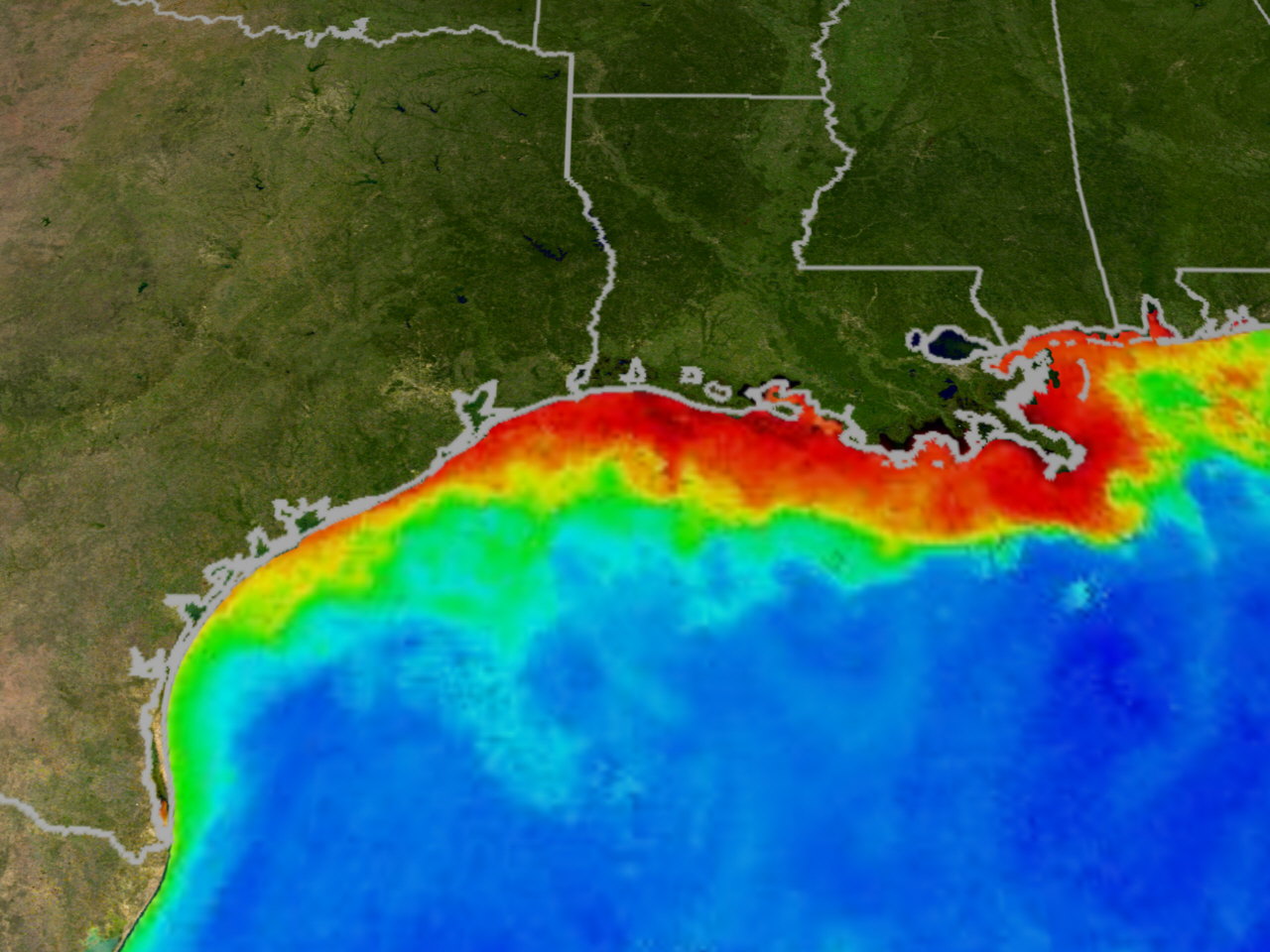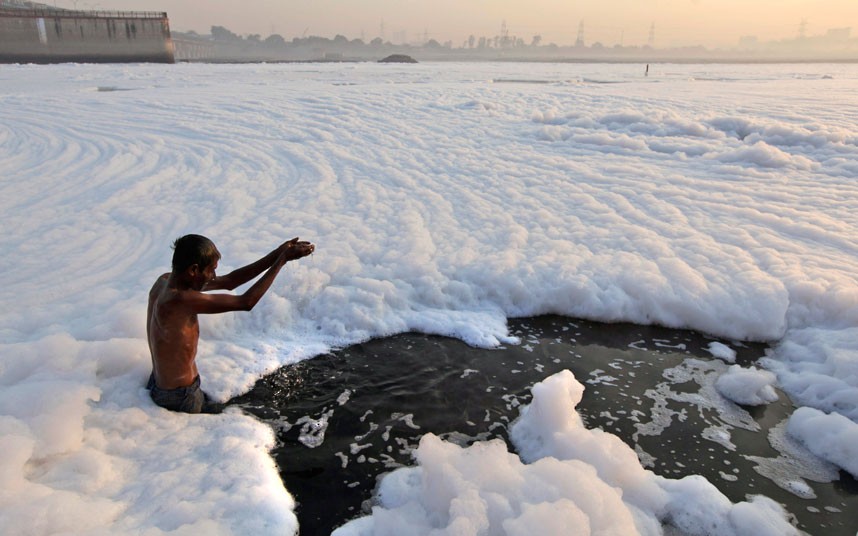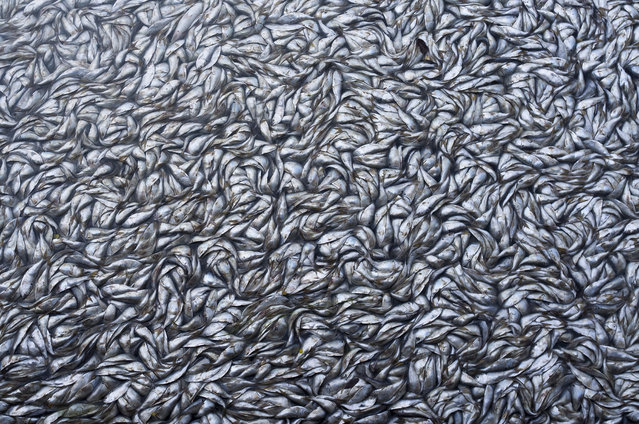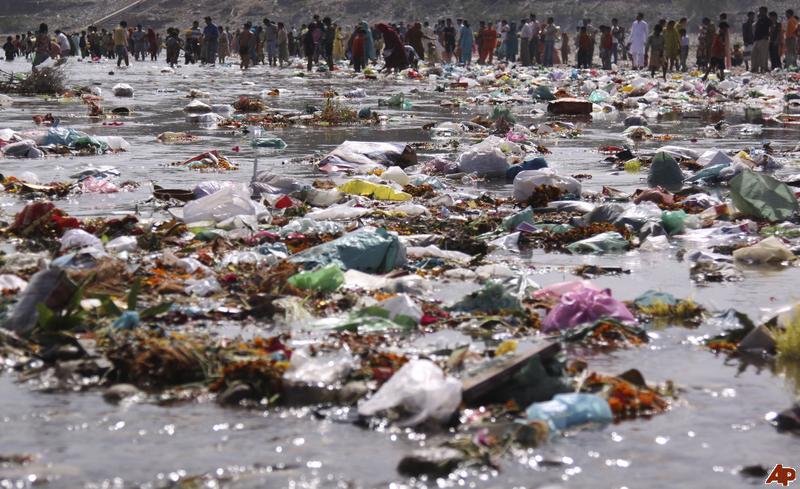As obvious as it is that our precious world is facing the consequences of pollution and destruction created by us, let us tell you about a specific kind of result – Eutrophication.

For people who are new to this term, Eutrophication is a natural/artificial addition of nutrients to water bodies. It is the process by which water bodies acquire a high concentration of nutrients, especially phosphates and nitrates which promote excessive growth of algae called ‘algal bloom’. As the algae decomposes, high organic matter levels deplete the oxygen level in water, causing death of other water organisms.
Eutrophication is a natural, slow-aging process for a water body and is not harmful, but human activity greatly speeds up the process.
Enormous fertilizer increases the process of nitrate and phosphate production from waste materials (sewage), thus resulting in fast rise of algal bloom.
Dire situation in India
You should also know that there are approximately over one million natural lakes and small reservoirs in India. Many of them are very old and have been in service for over a thousand of years. Because of the abundance of fish in these water bodies, their prestigious status in the socioeconomic set up is similar to that of prosperous agricultural land in many parts of India.
However, the Indian lakes and reservoirs are facing water quality problems due to rapid changes in the society, living in their watersheds. Changes in the regulatory mechanism, industrialization of the country associated with urban development, new land-use practices and settlement on the banks of the water bodies, changes in the traditional use of the water by the population, etc., are among the many factors, which affect the water quality, particularly, increased eutrophication.
The Gulf of Mexixo has a permanent ‘dead zone’ over approximately 6000 to 7000 miles due to increased eutrophication causing hypoxia!

And seems like India is not far back!
The biggest example of Eutrophication is also ironically one of the most sacred rivers – River Yamuna. A number of freshwater systems Worldwide have been degraded heavily due to population growth, industrialization and excessive use of fertilisers! In turn, it has lead to degraded water quality and a negatively altered ecosystem structure and function.

An essential step
Environmental management is a broad-based challenge that falls under different sectors. An uncoordinated sector approach creates a situation where the thrust of environmental conservation is unclear. A central coordinating body for environmental management is essential to avoid sending conflicting messages around practical concern of eutrophication.
The recent research on the relationship of a lake with the watershed characteristics, including its sociological status, has been receiving increased attention. Integration of hydrological, social, economic, and cultural aspects with the knowledge of the limnology to control the environment of the lakes and reservoirs has been emphasized in India.

Eutrophication not only interferes with fresh water fauna, but makes the water unfit to be consumed.
Steps must be taken to absolutely forbid discharge of sewage and waste into water bodies. The accumulation itself decreases the oxygen content leading to massive fish death. Incidentally this particular ‘fishacopalyse’ happens every year in the Ulsoor Lake, Bengaluru. The waste needs to be treated at the root level itself.

In coastal areas, improvement in the dispersion of nutrients, either through the multiplication of discharge points or through the changing of their localization, can help to avoid localized high levels of nutrients. Reuse and recycling, in aquaculture of waters rich in nutrients, can be optimized in order to avoid sewage discharge into the water body and direct consumption of the nutrients by the local flora and fauna.
It is not possible to install a sewage system in countries, which have no available water to provide the modern water supply system. For these countries, a solution called “ecological sanitation” is available, in which urine and feces are separated at the source, and collected in a separate manner.
Step by step, we can again clean up our rivers and water bodies. But the time is now.
Tell us your thoughts on what actions can be taken to tackle this situation in the comments below.
WORK CITED: →
Patra, By Dr. Rashmi Rekha. “Conservation Articles.” The Death Of a Waterbody. N.p., n.d. Web. 29 Oct. 2016.
“Water Treatment Solutions.” Possible Solutions for the Problem of Water Bodies Eutrophication. N.p., n.d. Web. 29 Oct. 2016.
